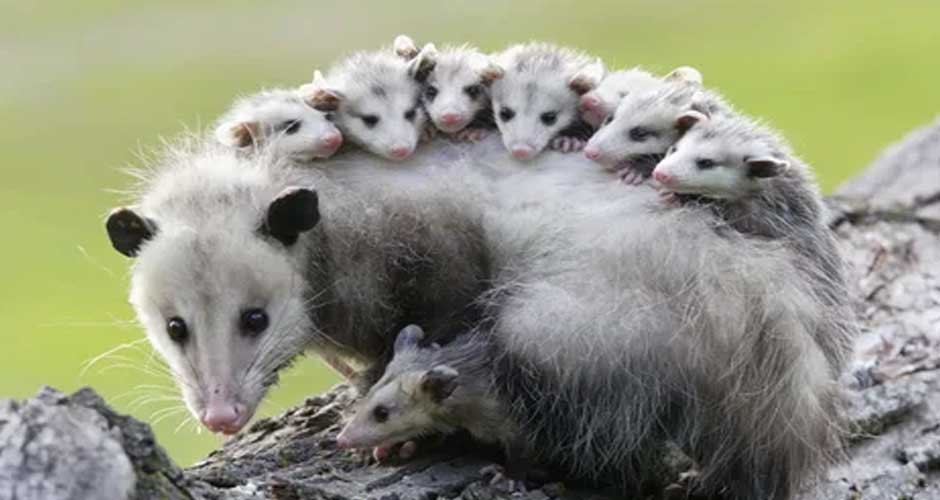Although not many people are familiar with the word “Tnacuache,” those who know it understand the significant cultural, historical, and ecological value that it holds in different regions. Here’s the kicker, “tnacuache” is a term derived from “tlacuatzin,” a Nahuatl word.
“Tnacuache” refers to opossum, a marsupial native to the Americas. The creature is recognized for its presence in agriculture, folklore, and environmental studies. If you still feel new to it, worry not as this post will go deeper to help you understand more about “tnacuache.”
Table of Contents
Biological Overview of Tnacuache
We already mentioned that “tnacuache” stands for opossum. It is a small to medium-sized marsupial and it is found throughout South and North America. Moreover, “tnacuache” belongs to the Didelphidae family which happens to be the most common species in Central America.
To help you better understand the biological overview of “tnacuache,” let’s look into its habitat and distribution. It is worth noting that “tnacuache” are highly adaptive and can easily dwell in a wide range of environments. They can dwell in environments ranging from swamps to urban areas.
Besides, they can adapt well in both rural and urban landscapes. Their adaptability to different climates also makes them easily coexist with human populations. We can’t also fail mentioning that the “tnacuache” holds a vital place in folktales and mythology, especially in Mesoamerican culture.
According to the culture, “tnacuache” is mainly seen as a trickster figure and it gets mentioned in several legends and stories that revolve around indigenous communities.
A Historical Perspective of Tnacuache and Agriculture
It is beyond any doubt that “tnacuache” has played a role in agriculture and this extends far beyond to historical days. It goes back to the pre-Columbian societies. Ideally, “tnacuache” is known for its capabilities in controlling pests. As such it was accorded respect by farmers who appreciated how well it helped with handling pests.
Although “tnacuache” is historically considered beneficial, it is also considered a pest in modern agriculture. Well, modern agricultural practices see “tnacuache” as a pest due to the crop damage it causes and it acting as a disease transmission medium.
What is the Ecological Role of Tnacuache?
So far, we’ve discussed several aspects of the “tnacuache” to ensure you get a solid understanding of all matters it. To add to that, “tnacuache” had an ecological role. It plays a vital role in the ecosystems of prey and predators.
Ideally, “tnacuache” helps with controlling insect and small animal populations. At the same time, it helps with being a food source for the larger predators, which help balance the eco system, eventually contributing to biodiversity.
However, it is also worth understanding that “tnacuache” are known to be carriers of several diseases. Therefore, if not controlled, they can be catastrophic with how fast they facilitate disease transmission.
These diseases can be transmitted to domestic animals and even humans. This factor puts at risk the potential health and preventive measures should be addressed when dealing with “tnacuache.”

